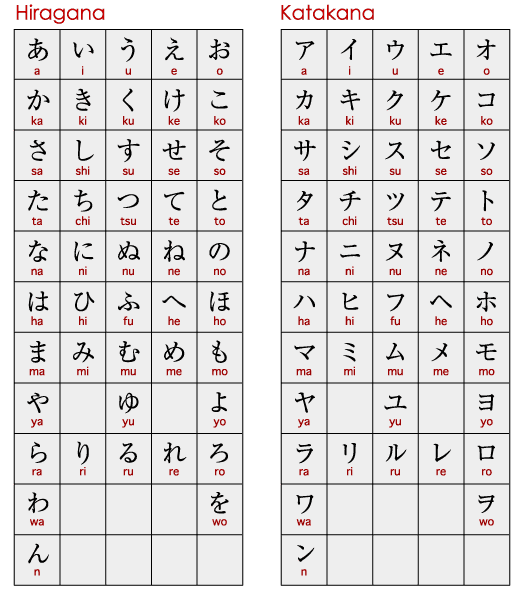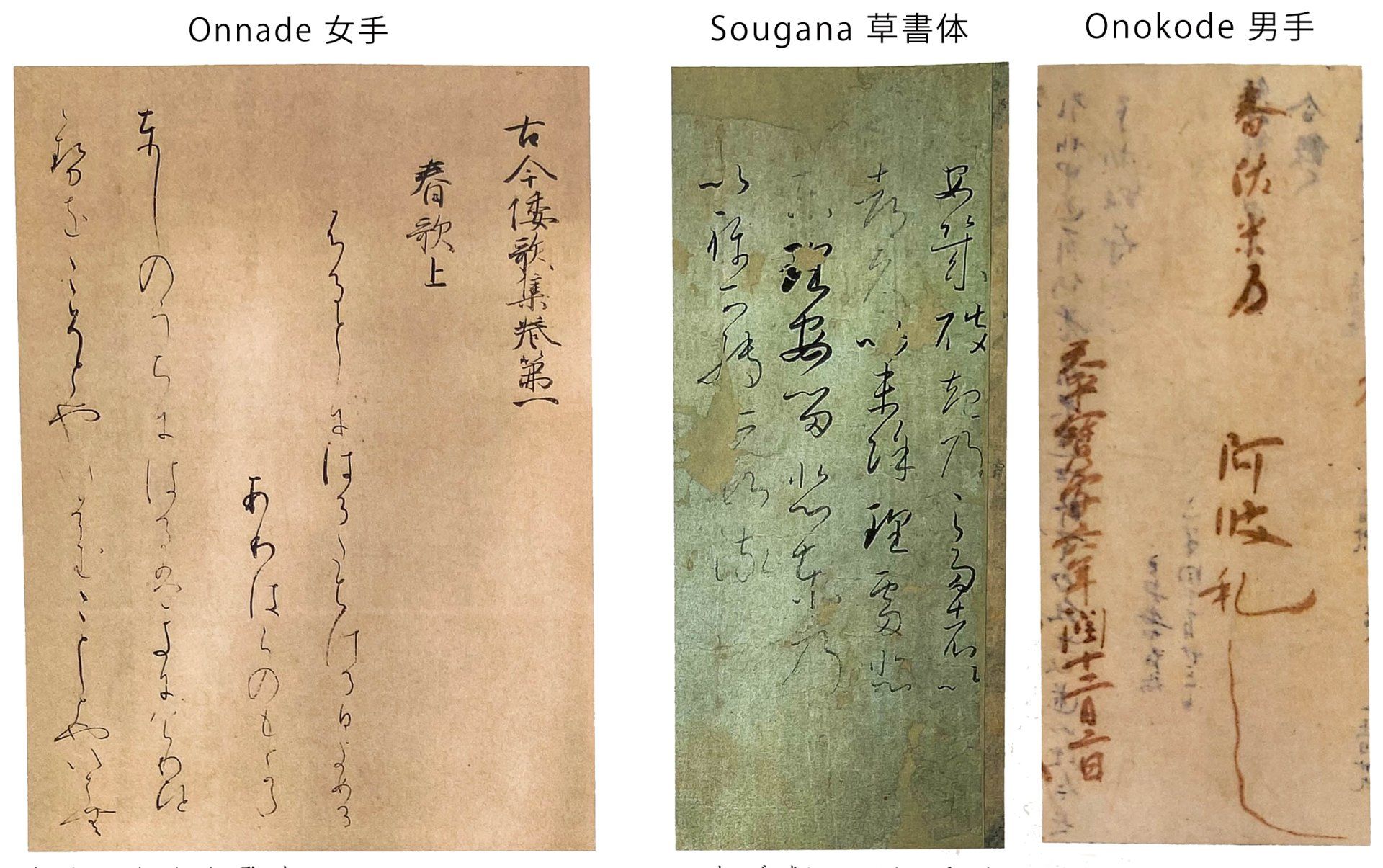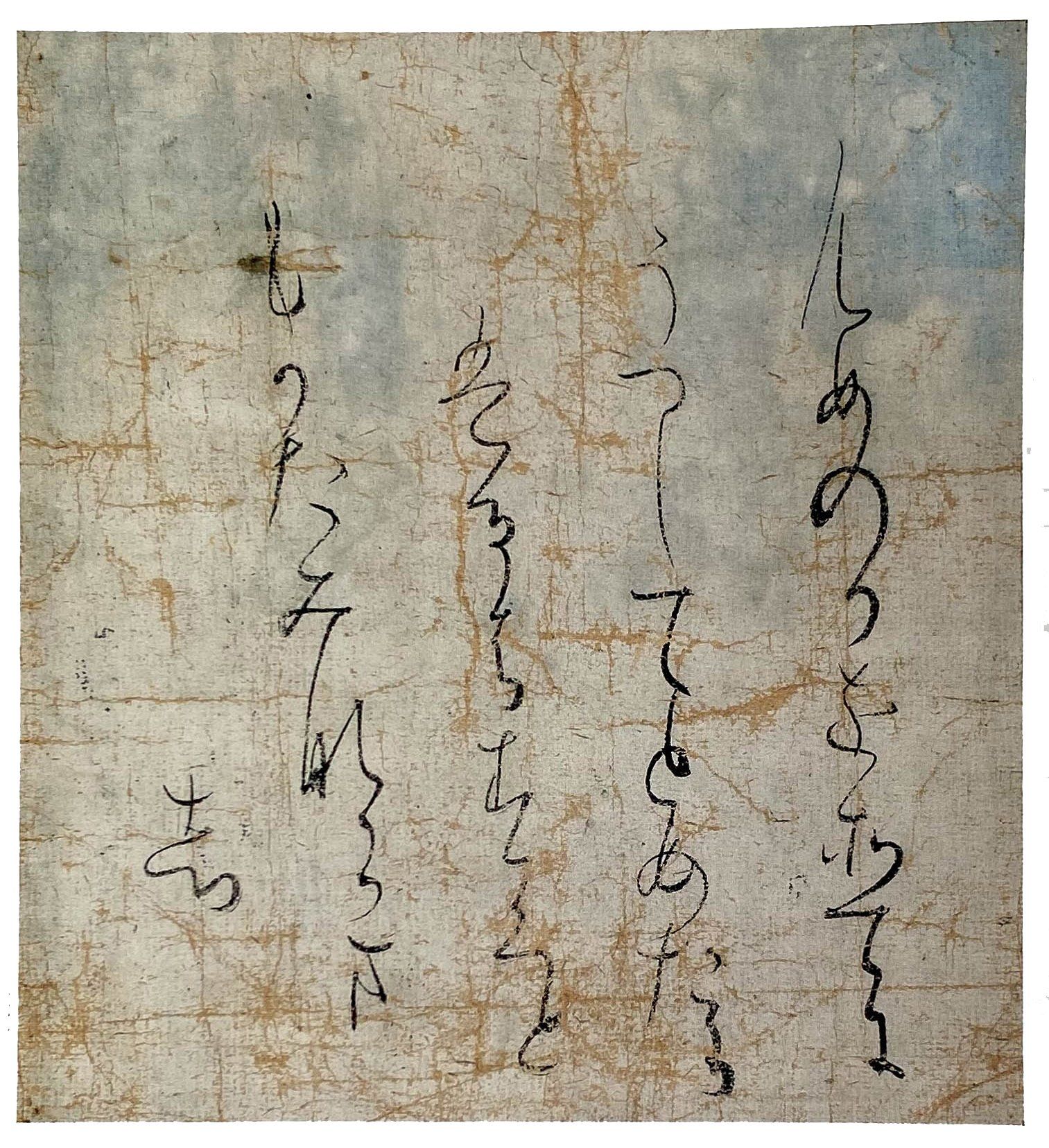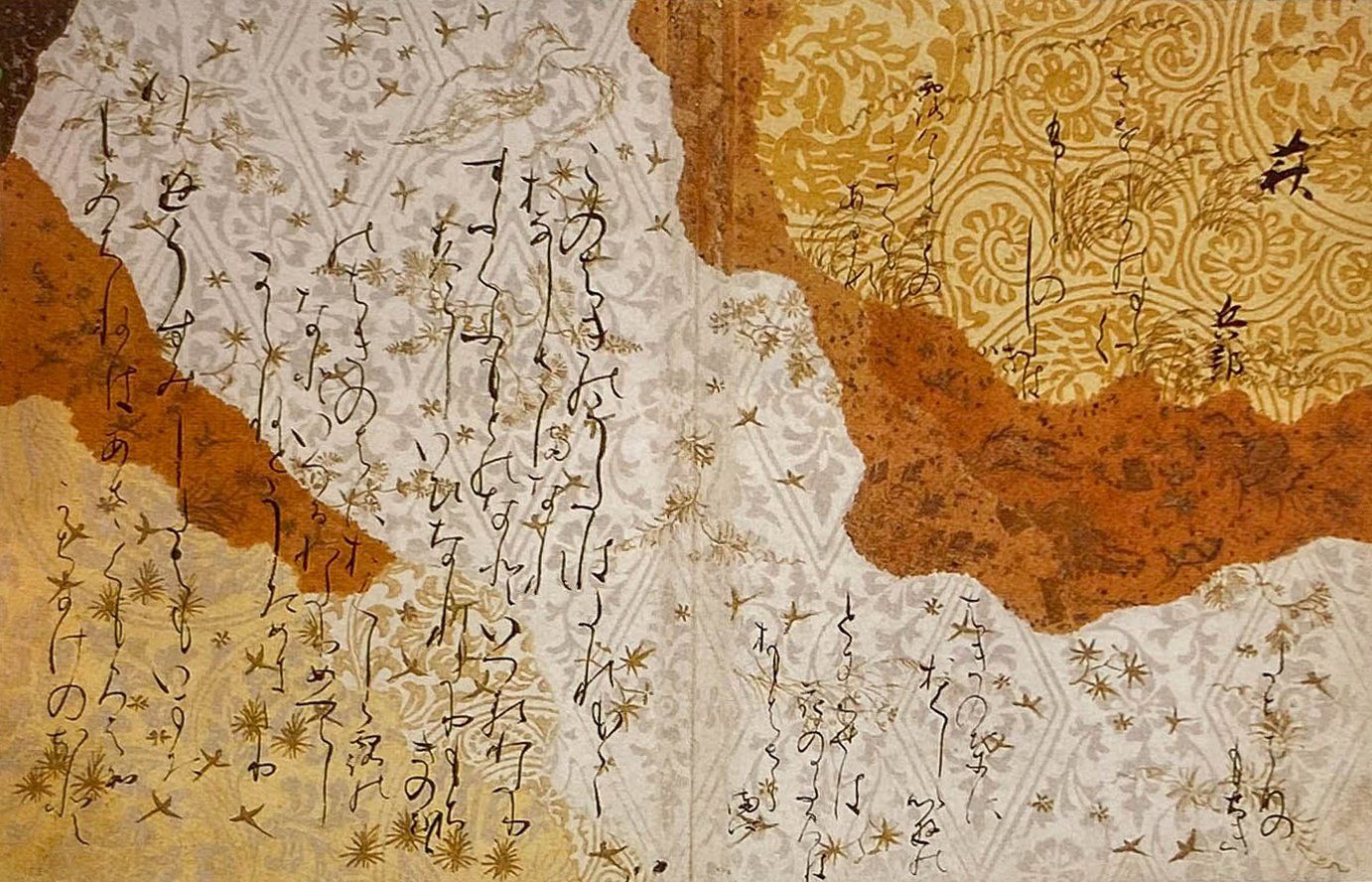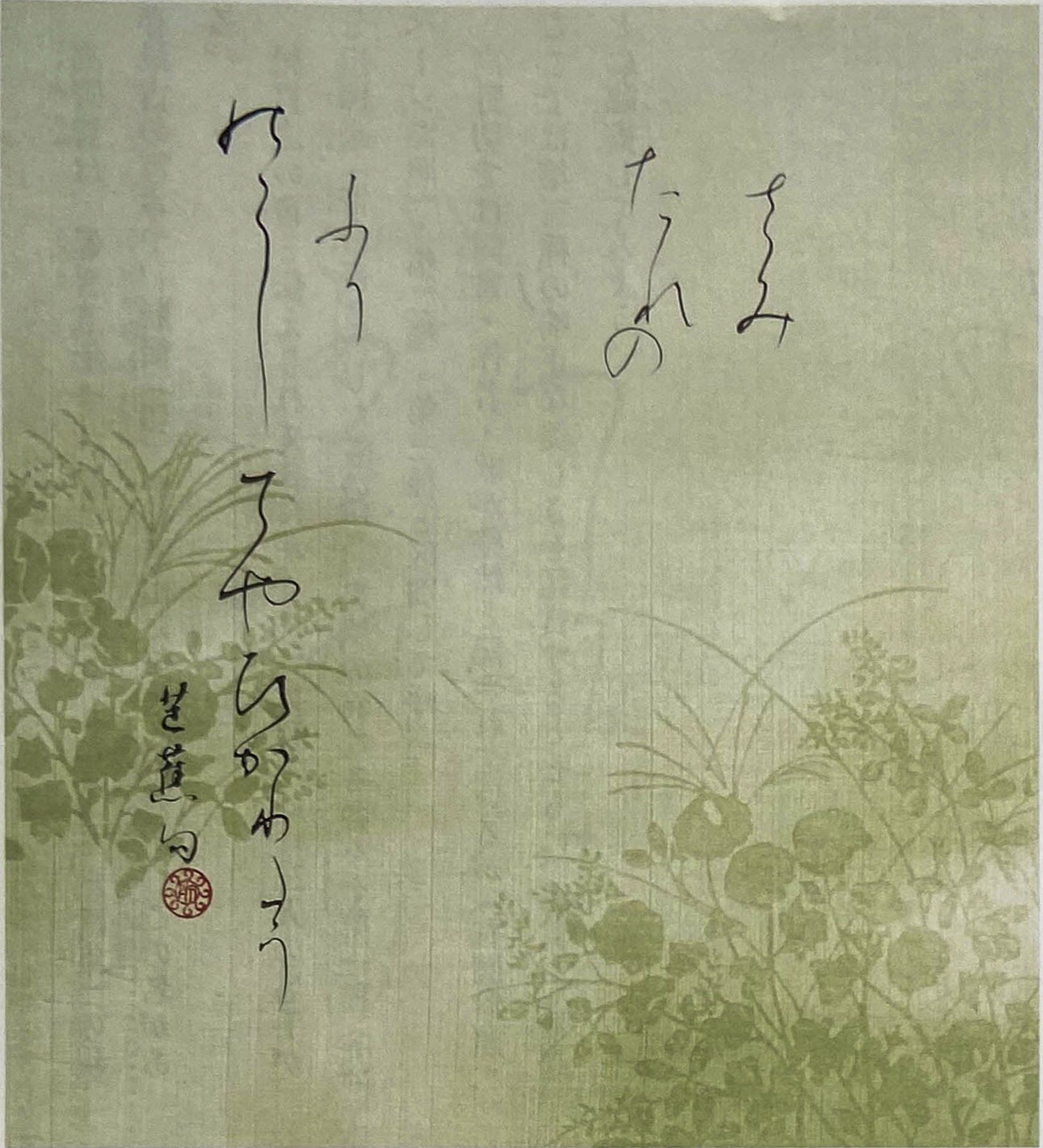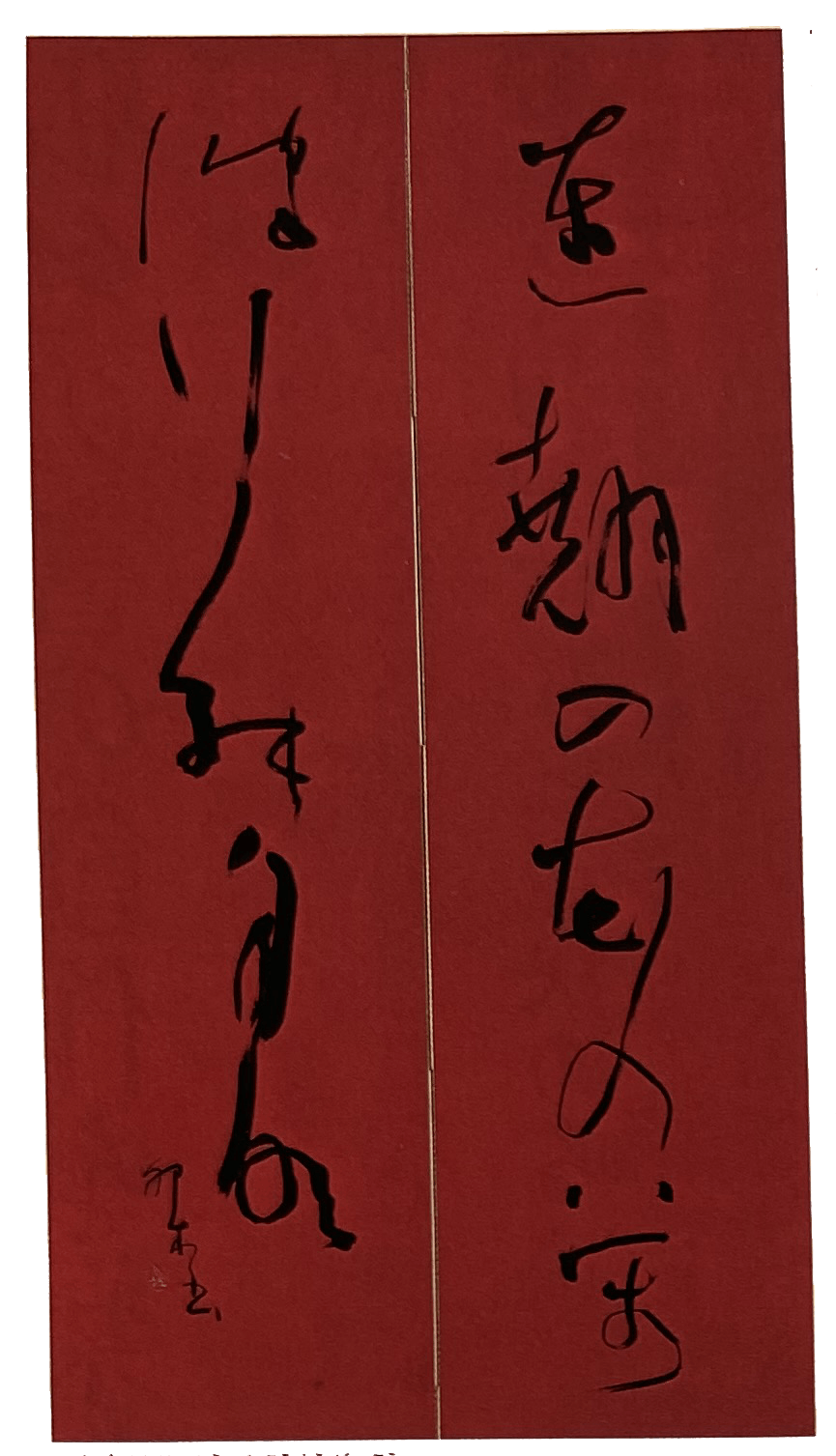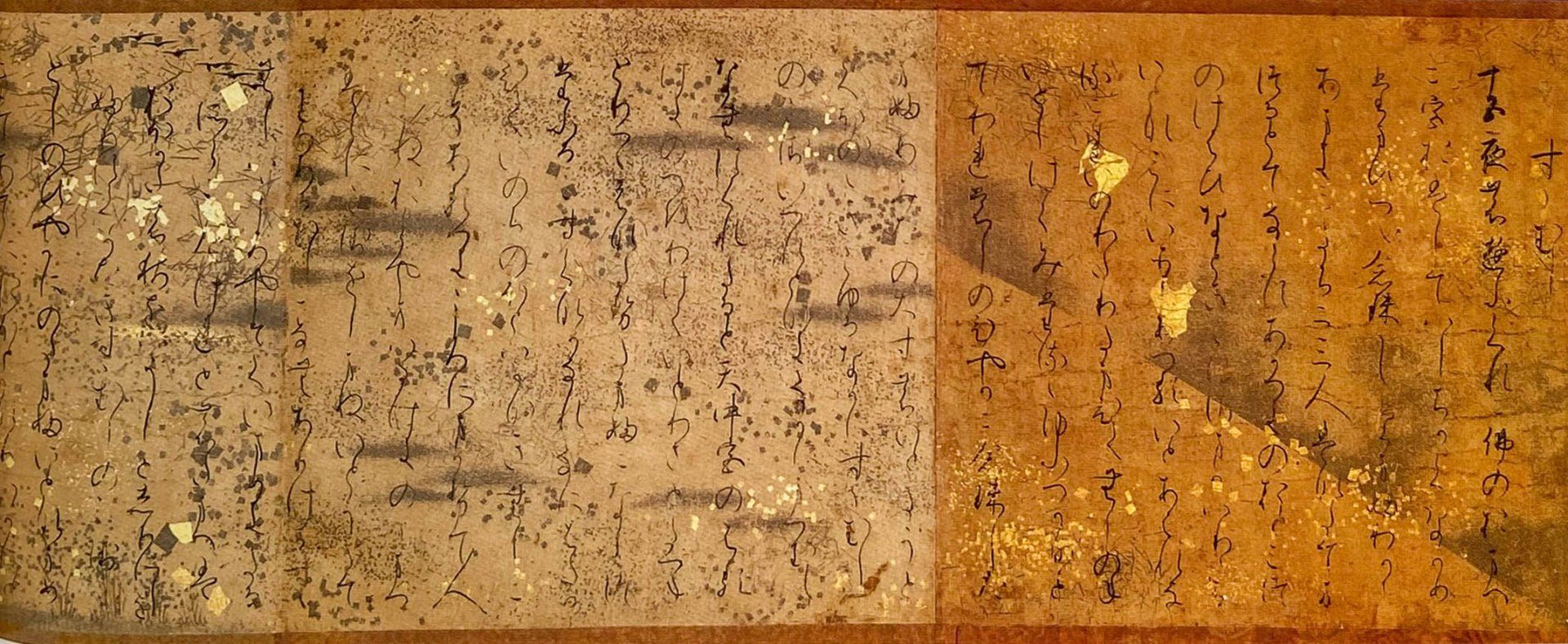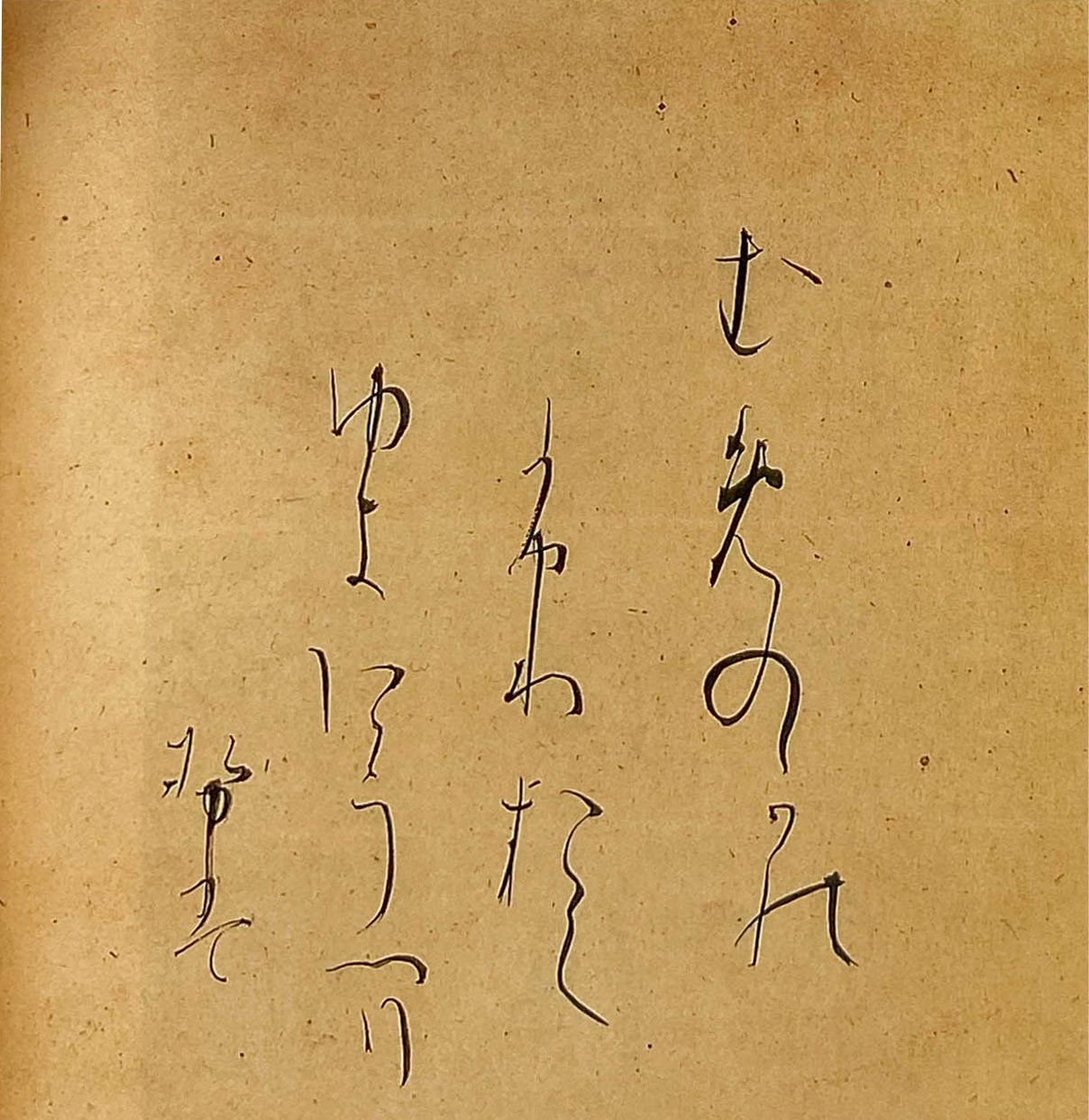Kana 仮名, Japanese writing
The creation of the kana - a writing system - marked Japan's cultural independence from China and the advent of a new aesthetic of refinement that was unique to the Japanese. It was also an ethical revolution, going from praising heroism as the main virtue to emphasizing sensitivity as a virtue to be cultivated.
What is this writing system capable of providing identity to a people?
Kana 仮名 in Japanese means "syllabary." Each character represents a syllable (unlike alphabets where each character is a letter that then forms syllables). These syllables -like letters- only have phonetic value (sounds) as opposed to kanji -taken from Chinese writing- which have phonetic value and meaning. Perhaps this is the main difference between Chinese and Japanese writing. While the former only uses kanji characters (with sound and meaning), Japanese adds kana to the kanji. Kana consists of forty-six syllabic characters: forty syllables, five vowels and the letter "n." It has two forms: hiragana 平仮名 and katakana 片仮名. Both have the same pronunciation but are written with different characters and are used for different things. Hiragana has soft and curved character shapes. It is so Japanese that it is used to write words of Japanese phonetic origin, to indicate the tense of a verb when used as a suffix added to kanji to indicate its mode or time (e.g. ta-beru 食べる - to eat, ta-bemashita 食べました - I ate, ta-bemasu 食べます - to eat), to write prepositions and for various other syntactical functions. Katakana has simple, straight and angular forms. It is used to write foreign words and neologisms (e.g. banana バナナ - banana, camera カメラ - kamera).
Today's Japanese writing uses three kinds of characters: kanji, hiragana and katakana. Its evolution, like all branches of Japanese culture, began in China. Around the 3rd and 4th centuries - much later than other peoples, which some scholars point to as a narcissistic wound in the Japanese heart - the Japanese incorporated writing and did so using Chinese characters which they called kanji. They used them with the same meaning as the Chinese but pronounced them differently. Thus, a Chinese and a Japanese of that time could communicate in writing but not speaking, as they can now. In the Nara Era (710-794) a series of kanji characters were determined to be used phonetically. These characters were called Manyougana 万葉仮名 and were written in their straight form or Kaisho. Shortly after, in the Heian Era, they also had a cursive form called Sougana 草仮名. The problem, then, was the difficulty in reading because one had to understand whether a kanji was being used for its semantic (meaning) or phonetic value. And hiragana solves the problem. Starting with sougana - the cursive form of kanji - kanji are synthesized and stylized to the point of creating a new form of characters that only have phonetic value and dispels the confusion: hiragana. In summary, the evolutionary history of Japanese writing from Chinese has four stages: kanji, manyougana, sougana and hiragana.
It was in the Heian Era 平安時代 (794 – 1185) when kana emerged. In the world of calligraphy, the sougana is called Onnade 女手, literally “woman’s hand”, because it was used by women of the court when they were allowed to write. Katakana derives from the straight or kaisho style of the manyougana kanji and in the world of calligraphy of this era it is known as Otokode 男手, “man’s hand” and was used by them. When men -in the Heian Era- began to write poetry, they created a new style of writing that combined the two syllabaries of the kana and the kanji in their cursive form. This style was called Chouwatai 調和体, which means “harmony between forms” (調和harmony, 体form) referring to the combination of styles. This mixed use quickly gained popularity.
Practicing kana calligraphy shows us the richness of a very vast world: rich because of the beauty of the handmade papers that emerged specifically for this work, the use of specific sizes of supports such as tanzaku 短冊 or shikishi 色紙, because of the new techniques of taking fine brush strokes and because of the appearance of new forms of writing composition. I will talk about all of this in detail in other sections. Kana is an elegant, delicate and subtle style of calligraphy that flows across the paper, whether on pure white or in contrast with saturated and ornamental colours. In its layout, continuous and discontinuous lines can be observed, just like the transparent thread of incense smoke that rises through the air. It is a style that moves us and that captures us when we observe it, and even more so if we practice it. Text written by Elena Hikari and Carla Padín.


